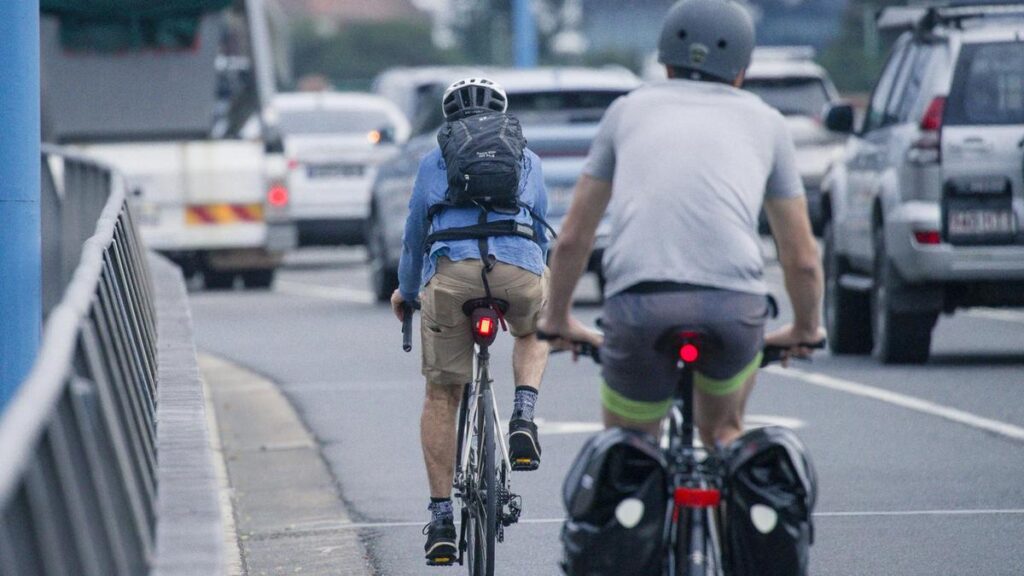
BREAKING: A groundbreaking study from RMIT University reveals that lowering speed limits to 30 km/h dramatically enhances safety for cyclists, adding only one minute to travel times. This urgent update is set to transform road safety across Greater Melbourne, where cyclists face significant traffic stress.
The research, conducted by RMIT’s Centre for Urban Research, shows that reducing speed limits from 50 km/h to 30 km/h decreases cyclists’ exposure to high traffic stress by 30 percent. This finding is crucial as authorities push for safer roads amidst rising cycling popularity.
Study lead author Afshin Jafari emphasized that the 30 km/h limit primarily affects residential streets, where the impact on average car trips is negligible. “Most trips use residential streets at the start and finish of the journey,” Jafari stated. “Travelling at 30 km/h over short distances has little effect on overall travel time.”
This research comes as Victoria prepares to introduce a new speed limit law that will empower local councils to propose 30 km/h speed limits, particularly in school zones and high pedestrian areas. Transport Victoria warns that vulnerable road users face a higher risk of severe injury or death at speeds above 30 km/h. Their data indicates that a pedestrian struck by a vehicle traveling at 30 km/h has a 90 percent chance of survival, compared to just 10 percent at 50 km/h.
In a statement, Councillor Edward Crossland from the City of Yarra reinforced the importance of the study, citing a global body of evidence that slower speeds save lives. “Research shows that a person walking is at least twice as likely to be killed by a driver traveling at 40 km/h than at 30 km/h,” he said.
Earlier this year, the City of Yarra expanded a 30 km/h trial initially launched in Fitzroy and Collingwood in 2018, aiming to improve safety in the area. Similar measures have been adopted in New South Wales, where 30 km/h limits are common in pedestrian-heavy zones. Additionally, Western Australia has implemented these limits in shopping precincts within regional towns such as Geraldton and Bunbury.
As the push for safer cycling conditions intensifies, residents and advocates are urged to stay updated on local government proposals regarding speed limits. The study’s findings highlight a significant shift in urban transport safety strategies, suggesting that minor changes in speed can lead to substantial improvements in public safety and encourage more people to cycle.
Stay tuned for further developments on this critical issue impacting cyclists and pedestrians across Victoria and beyond.






